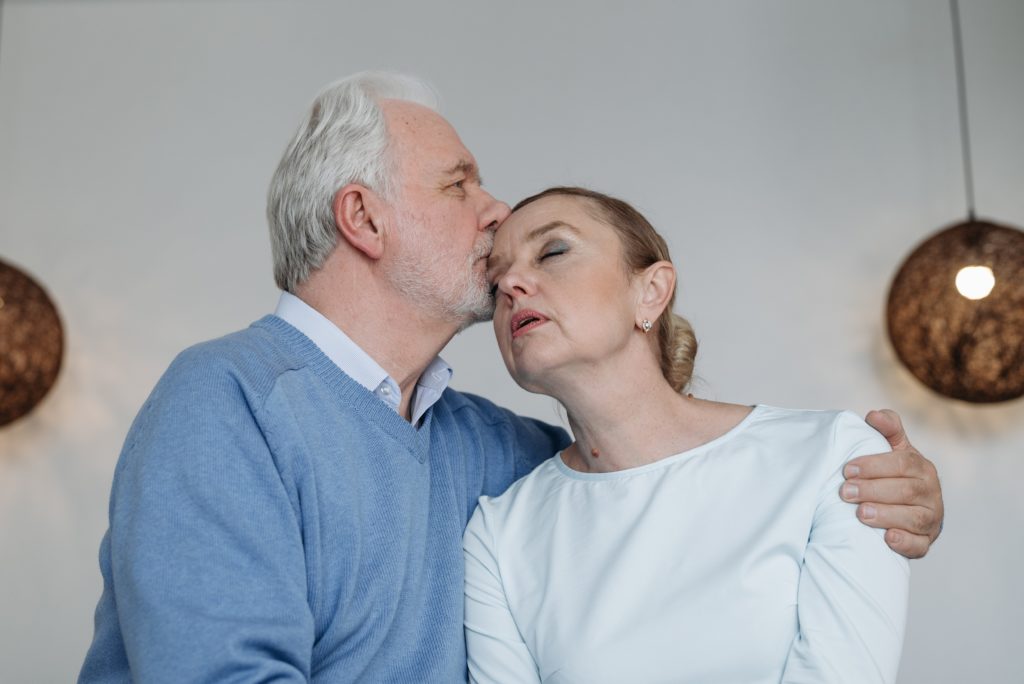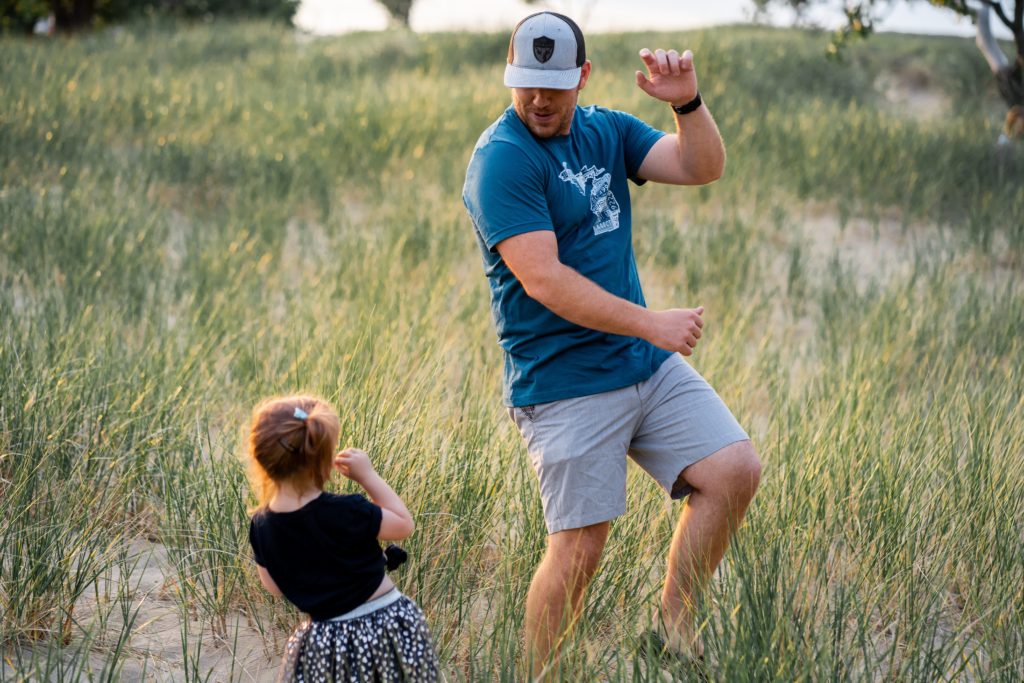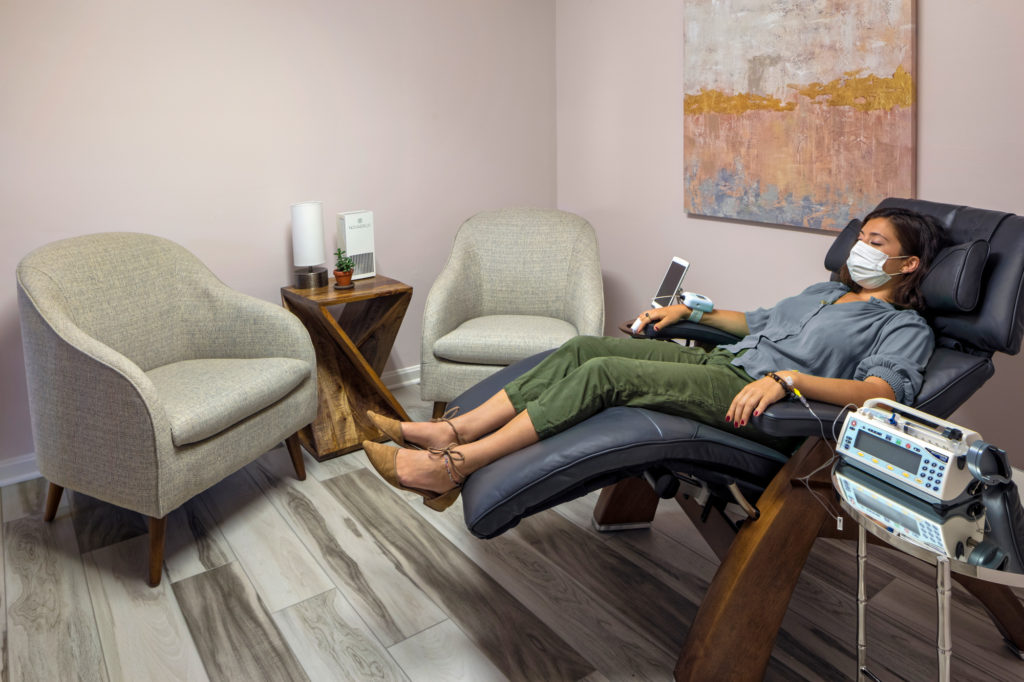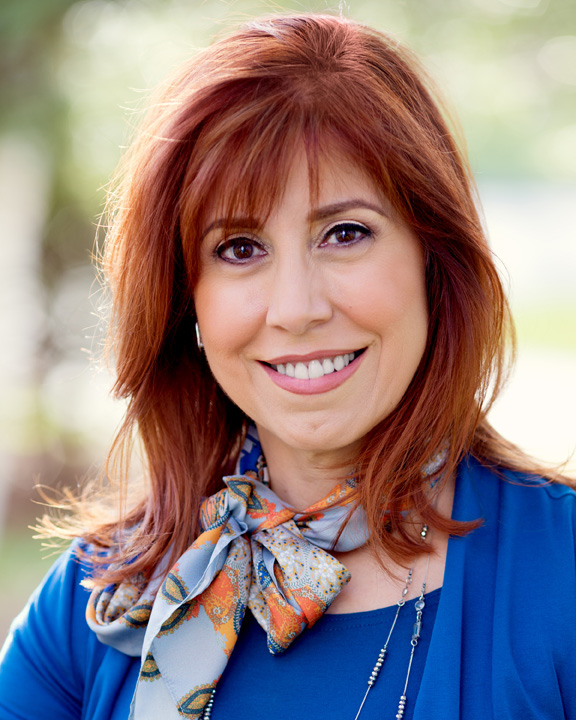
On November 20, we observed International Survivors of Suicide Loss Day. While a single day dedicated to observe such loss is a meager effort, it’s not nearly enough.
Few losses magnify the sense of powerlessness like the loss of a loved one by suicide. Many times the loss comes after an extended period, months or years, of suicidal attempts. Sometimes the family and friends are surprised by this event. When they are, it’s natural for denial to protect them for a time from the reality of the loss. What could I have done to prevent this? How could I have saved him? If only…
Crystal, at 45, felt deeply spent. Since her son, Jake, was in first grade, she’d worried about him and how to help him find more joy in life. To experience the day to day routine with joy and contentment. To feel proud of his accomplishments. And to want to improve.
Instead, he was a loving, sweet child who seemed overwhelmed by life. He carried a massive weight of inferiority on his shoulders.
In the early years, a child with a psychiatric disorder may show dramatic signs of it. Signs that make it easier to diagnose. Or he may have more subtle signs. He may feel heartbroken much of the time for reasons that are difficult to identify.

He may be often corrected by his teachers. And he may feel like the class dunce because he fails to win their favor. He may tell himself he’s fundamentally flawed and not worthy of approval. Such a philosophy about himself can be deeply damaging.
Jake became increasingly symptomatic as he moved through his teens. He was admitted to psychiatric units multiple times, with complex diagnoses of comorbid conditions.
With each hospitalization, Jake learned more about himself and his illness, and so did his mom.
But once he was discharged from the facility, he might function more smoothly for awhile, then nosedive into another traumatic and painful episode of depression, anhedonia, and mixed states.
He began to talk about dying in elementary school, but his first attempt happened in junior high.
For the rest of his adolescence… his attempts and trips to the ED, multiplied. During his twenties the attempts became more frequent and more traumatic for him and for his mom.
For some people, knowing someone who regularly attempts suicide is tiresome. They accuse their suicidal friend or family member of seeking attention. And when that person dies by suicide, their response is sometimes, “What a relief for the family.”
This response lacks understanding of this person’s condition, and lacks compassion both for him and his family and friends.
Loss of a loved one by suicide is heartbreaking. Devastating. Suffocating.

While we want to focus today on Crystal, you can’t fully grasp her loss without understanding her son.
Jake’s life was full of pain, desperation, and despair. He didn’t understand his pain, or why it lasted like it did.
By his late twenties, his suicide attempts were frequent and severe. He had resolved the only way he’d succeed in ending his life was to use sharp edges, so his family hid all the knives from him. Then he found arrowheads that were sharp and continued to mutilate his wrists. Still, someone always found him in time.
When he finally ended his life at the age of 28, his mother was devastated. It seemed to her he’d had a heart attack… which was shocking at his young age.
That was heartbreaking enough.
But little by little, as time went by after his death, she kept reliving his last weeks, and remembered something his friend had told her. That Jake was using some manmade concoction that had been reported to give a high in small amounts but when overused, it caused death.
Finally, Crystal had to face that he had been methodically trying to end his life; not out of rebellion, or rage, or revenge, but out of desperation to escape the misery he felt.
It wasn’t that he didn’t want to live, but he was certain he didn’t want to live like THAT any more. Without hope of peace, of building a life, of enjoying lasting relationships. He felt he was a prisoner in his own skin. A prison caused by his disordered mind.

After all the struggles, all the pain, all the times he got in trouble, all his heartbreak, all his desperation…do you think Crystal was relieved when he died?
No…nothing could be further from the truth.
Crystal spent his life looking for the right doctor, the best treatment, some sort of hope that would help him live a quality of life that rewarded him for surviving all he’d endured. When she realized he had died, all she could think of was that they never found his peace. None of their efforts paid off. The latest treatment wasn’t given to him in time.
She felt sorrowful that their lifelong quest was never realized. She felt guilt that she hadn’t tried hard enough, although she had given it all she had.
That she had to give up her quest to find help for him. It was hard to grasp that the search was over. That they never conquered the torment.
Each person’s grief is his own, and each grieves for different reasons. Grief is so personal, but its impact is multiplied when the cause is suicide, and especially if the loved one was a child, a spouse, or the parent.

During the first month or two, friends of Crystal were sympathetic and offered her love and support. But as the months went by, they encouraged her to “move on.” Their well meaning “encouragement” only applied guilt and pressure Crystal didn’t need. She knew she couldn’t move on. She guessed that someday it might not hurt so much, but she had no interest in forcing herself to stuff her pain and memories to make others around her more comfortable.
Unfortunately, Crystal began to withdraw from some of her friends, because she knew she needed space to grieve at her own rate. To come to terms with all her efforts to save her son and the fact that they failed.
It was a LOT to swallow.
She told herself that he knew she loved him, he knew she fought for him and his hope. Crystal found hope and peace in knowing he KNEW he was loved deeply by her, in spite of his treatment by others. The more she let that knowledge sink deep into her heart and memories, it allowed her anguish to decrease.
And Crystal learned that healing from the loss of a loved one by suicide, that her son’s life ended at his own hand, in a way that was indirect, required time. She needed time.
Yes, while it’s true that some people grieve and never move forward to live rewarding lives again, Crystal knew instinctively that wouldn’t be her. She knew she needed to heal so she could enjoy life again at some point. So she guarded her heart, and her memories, and opened that part of herself only to those who had the capacity to understand and not pass judgment.

On the first anniversary of his death, Crystal joined with her adult children and they reminisced about Jake and the things they loved about him. They shared an upbeat time together honoring Jake’s memory, and Crystal found she breathed easier in the days that followed.
Eighteen months after Jake’s death, Crystal missed him terribly, but was beginning to feel a little gleam of life in her heart again from time to time. The more she healed, the easier it was to talk with trusted family members about Jake, his illness, his beauty, and his mistakes. The more openly she talked about him with trusted loved ones, the freer she felt.
She realized that healing was coming. She knew the loss of her son by suicide was not something she would ever get over or put behind her. Crystal knew she was forever altered by his death as anyone would be after the loss of a loved one by suicide. But she also knew she needed to heal from the shock and trauma and guilt she suffered, so she could live again.
At Innovative Psychiatry, we conducted a study about the use of IV ketamine for suicidal thinking. We have found IV ketamine to be remarkably effective in stopping suicidal thoughts in as little as an afternoon. This allows you to work toward getting help while avoiding hospitalization or a trip to the E.D.
With the tragic loss of life and suffocating grief of loved ones that suicide causes, to be able to stop suicidal thinking… is priceless. You can seek further treatment, counseling, and improve your quality of life with the valuable time ketamine can buy for you.

When you come for treatment, you’ll be led to a private treatment room with a comfy recliner to receive your infusion. A pretty white box on the table will alert you to the safety of your environment. This box applies plasma cell technology to destroy all the viruses (including COVID variants Beta, Delta, lambda, and omicron), plus bacteria and mold, too. In fact, when we say all, we mean 99.99%.
You can be assured you’re as safe as possible from infection while in our offices, so you can focus on getting the most from your treatment.
If you suffer from suicidal thoughts, or know someone who does, reach out for the treatment that can stop them. IV ketamine treatment is lifesaving, and you deserve to be relieved of those awful thoughts and urges.
There is an answer that can give you hope and peace.

To the restoration of your best self,
